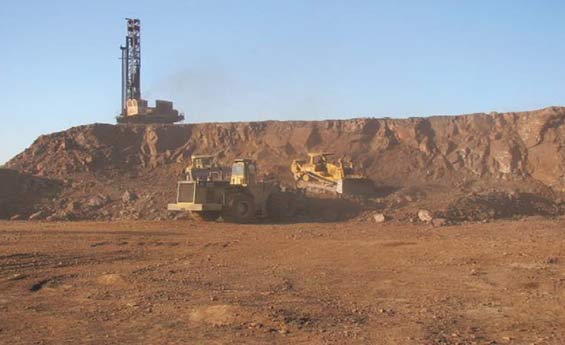Publish Date :2021/01/11 - 09:43
Code :1
Calculation of proper burden
An empirical relation to calculate the proper burden in blast design
of open pit mines based on modification of the Konya relation
In most open pit mines, drilling patterns are designed by trial and error and engineers' experience. The burden parameter is one of the most significant and critical variables of blast pattern design in open pit mines. This is so that other blasting variables are associated with it. This research aims to formulate the burden parameter for the Chadormalu iron ore mine. It is also to generalize the obtained equation to other open pit mines in Iran. At first, the burden parameter used in the main pit in Chadormalu iron ore is compared with the existing empirical relations. In this regard, a novel relation has been obtained based on data from other open pit mines in Iran. This equation is based on the Konya relation modified with bench height consideration. The resulting equation has been used in designing and optimizing the southern mass in the Chadormalu iron ore mine. Compared to the northern mass, this mass has a different bench height. The results include reduction in excavation costs, backbreak, number of boulders in muck pile (respectively 27%, 56% and 67%), elimination of two problems and increase in excavation rate (36%) in comparison to the primary pattern.
Blasting pattern design is the first step in open pit mining. The minimum distance between the free face and the blasthole axis is called burden. This is the most significant and critical variable in blasting design in open pit mines [1]. The thickness of the burden depends on other blasting factors and its variance has profound effects on blasting consequences. This factor has considerable effects. If the burden thickness is too small, flyrock and air blast are increased, the rock becomes much more fragmented, a lot of noise is created, and a significant part of explosive energy is wasted. If the burden thickness is excessive
